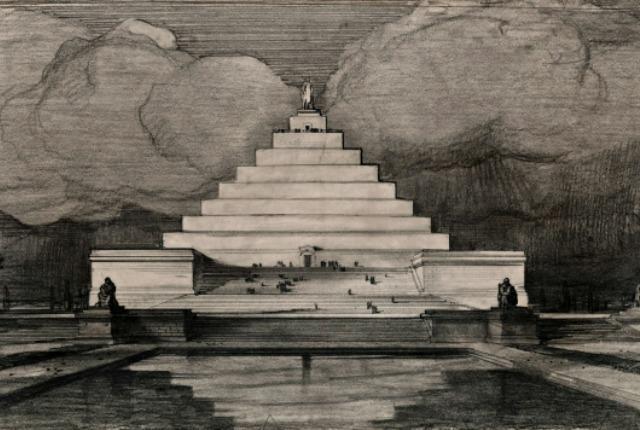Congress approved funding for a structure honoring Lincoln in 1911, and gave the Lincoln Memorial Commission a budget of $2 million—an incredible sum that had never been given for a national memorial before. Many architects were eager to do work at that scale, but it ultimately came down to two: John Russell Pope and Henry Bacon. While Bacon's offerings were largely of the neoclassical variety, Pope submitted a number of sketches inspired by monuments and memorials from other cultures, from classic Greek to ancient Mesopotamia.
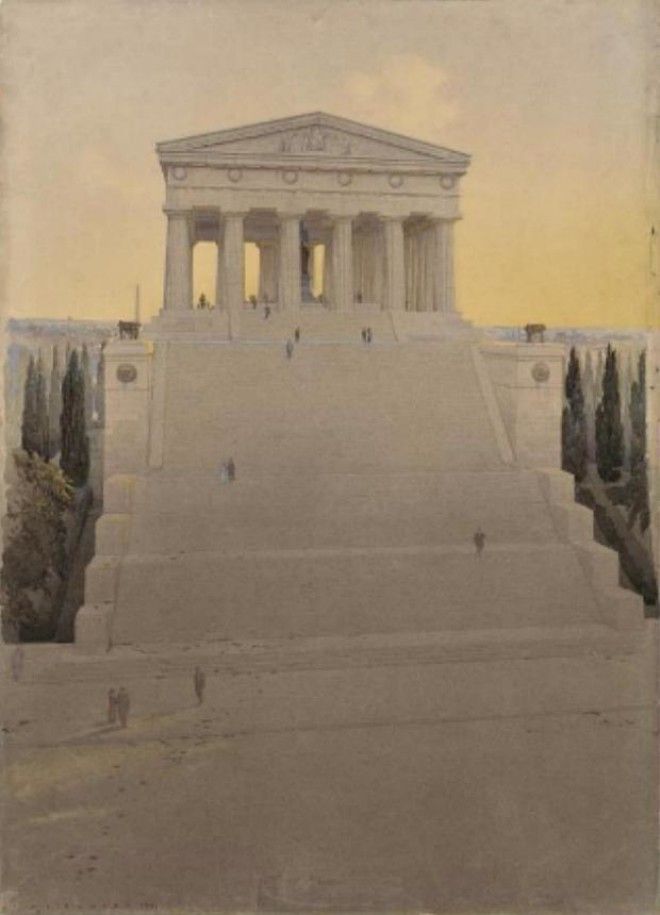
This Parthenon-inspired structure would have been located at Meridian Hill instead of the National Mall. At 250 feet tall, it would have bested Capitol Hill by about 150 feet.
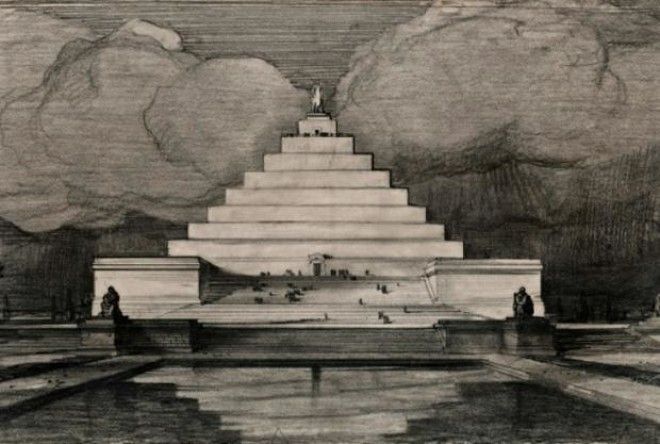
A colossal ziggurat monument, similar to styles from ancient Mesopotamia, Pope's other proposed structure would have featured four statues at the base, with a massive bronze statue of Lincoln standing guard from the top.
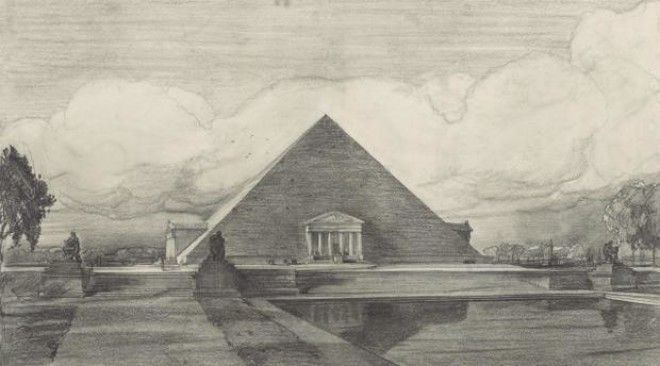
Advertising
An pyramid with porticoes on each side, this design from Pope would have reflected the Egyptian-inspired obelisk of the Washington Monument.
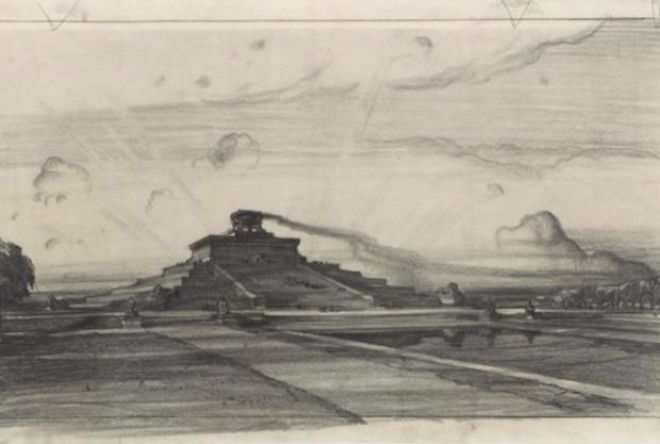
Another pyramid from Pope, this one a Mayan-style tribute, would have included an eternal flame burning at the peak.
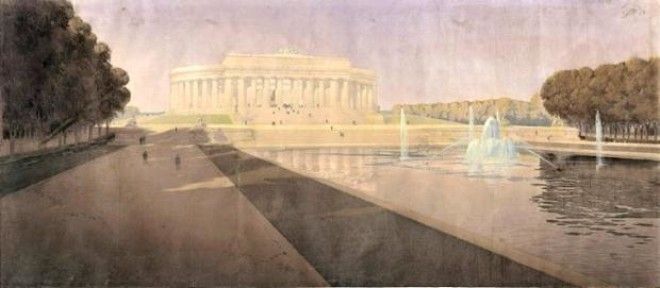
Pope's final design, an open rotunda that would have been 320 feet in diameter, catered to the classical, Greek-inspired route that the Lincoln Memorial committee seemed to favor. But in the end, they deemed Pope's efforts too ostentatious and opted for one of Bacon's versions:
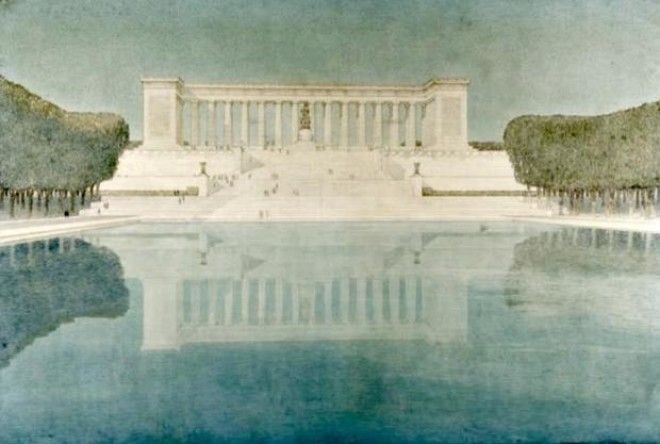
Though the winning design submitted by Bacon was altered, you can see how elements of this design were used in final result—a neoclassical temple with a statue of Lincoln and engravings of some of his most famous speeches.
Though Pope was no doubt disappointed that one of his designs wasn't chosen for the Lincoln Memorial, he secured his own spot in architectural history when he won the Jefferson Memorial job in 1935.
